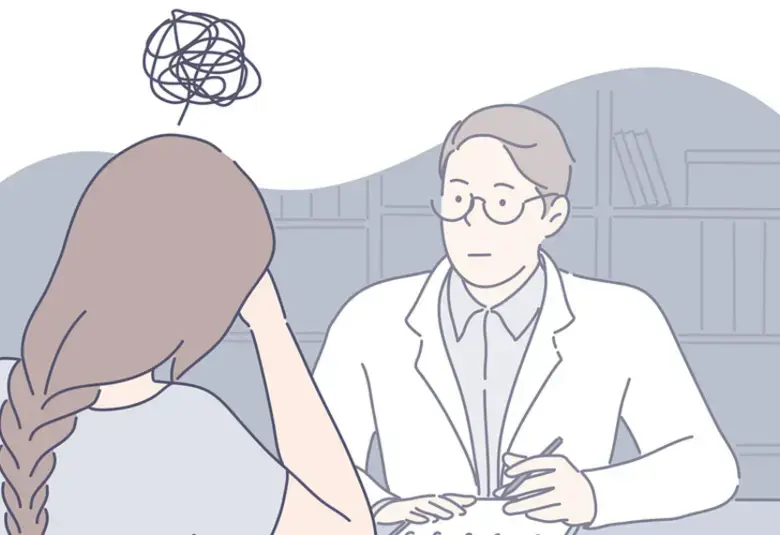In a satellite symposium held at the 2019 MDS Congress, Professor Hubert Fernandez of the Lerner College of Medicine, Cleveland, USA said that our knowledge of the symptom spectrum of Parkinson’s disease (PD) has expanded since the recognition of ON and OFF states posed by C. David Marsden in 1976. We now recognize that PD is not simply black and white, but there are more than 50 shades of grey intermediary states with multiple possibilities for motor and non-motor symptom fluctuations, he explained.1,2
More than 50% of patients develop fluctuations in response to levodopa after 5 to 10 years of treatment,3,4 which they find to be most bothersome, impacting highly on quality of life.5,6
Parkinson’s disease is not simply black and white; there are more than 50 shades of grey intermediary states with multiple possibilities for motor and non-motor symptom fluctuations
OFF symptoms continue to be under-recognized1 due to a combination of factors including the lack of a consensus definition and the emphasis on definitions based on motor symptoms only, missing out the “transition states”.
A new definition of OFF time
A new definition of OFF time has been proposed as: a temporary change in clinical state in a PD patient that is perceived as negative compared to the beneficial effects of PD therapy, it is characterized by motor and/or non-motor symptoms – the combination and severity of which are unique to each patient – and incorporates all previous terms used to describe various OFF states as part of the OFF spectrum. This practical definition of OFF may help to improve clinical recognition of OFF symptoms and lead to significant benefit for patients.7
A new practical definition of OFF time may help to improve clinical recognition of OFF symptoms and lead to significant benefit for patients
Non-motor symptoms at the core of symptomatology in PD
It is now recognized that non-motor symptoms are at the heart of PD,8,9 said Professor Per Odin, Lund University, Sweden in his talk focusing on the time course of non-motor complications. Non-motor symptoms can occur early in the disease course and may even precede motor symptoms.8,10
Non-motor symptoms are mostly progressive,11 and are an important determinant of quality of life, with depression and sleep having the greatest impact.12 The patterns of non-motor symptom fluctuations in PD are heterogeneous and complex,13 and a new rating scale -- the MDS-NMS -- now captures fluctuations in non-motor symptoms.14
Non-motor symptom fluctuations in PD are heterogeneous and complex, and may be captured by a new rating scale -- the MDS-NMS
Current treatment of non-motor symptoms is limited, and the development of new treatments is a research priority.15
Motor symptoms can occur in early PD
Motor fluctuations and dyskinesia can be detected even at the early stages of PD,17 said Professor Joaquim Ferreira, University of Lisbon, Portugal, and “wearing-off” phenomena is not limited to levodopa treatment but can occur naturally as a consequence of disease duration.18 While there are no markers of late disease progression,19 we know that patients with late stage PD still respond to levodopa therapy.20
Motor fluctuations and dyskinesia can be detected even at the early stages of PD
In summary, Professor Ferreira quoted the recent novel finding that non-motor features of PD, particularly low mood and anxiety, are significant risk factors for motor complications.21 Thus, both non-motor and motor symptoms of PD are inexplicably linked, and the best predictor of motor complications may be neurodegeneration severity.
This article highlights information presented during a satellite symposium at the 2019 MDS Congress, “Beyond motor wearing-off: What are we missing?” sponsored by BIAL.
Our correspondent’s highlights from the symposium are meant as a fair representation of the scientific content presented. The views and opinions expressed on this page do not necessarily reflect those of Lundbeck.




